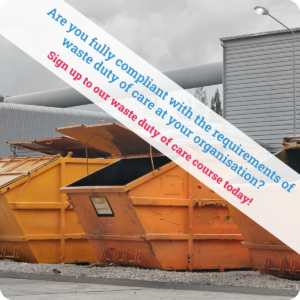Jurisdiction: EU
Commencement: 1st January 2020
Mini Summary
These Regulations lay down rules for members of the European Union throughout the years 2020, 2021 and 2022, relating to testing the levels of pesticide residues on food and feed of plant and animal origin.
Summary
These Regulations will come into force on 1st January 2020.
Members of the European Union (EU) are required to take samples from food of plant and animal origin, and analyse these samples for pesticide residue levels throughout the years 2020, 2021 and 2022. This is part of a multiannual control programme which has been taking place since 2009.
Previously, the latest programme was Regulation (EU) No. 2018/555 concerning a coordinated multiannual control programme of the Union for 2019, 2020 and 2021 to ensure compliance with maximum residue levels of pesticides and to assess the consumer exposure to pesticide residues in and on food of plant and animal origin.
As the usage of pesticides show significant changes over a period of time, pesticides should be monitored in chosen foodstuffs to allow consumer exposure and current legislation to be assessed.
In order to avoid confusion due to an overlap between consecutive multiannual programmes, the previous programme, Regulation (EU) No. 2018/555, will no longer be operable from 1st January 2020. However, for samples tested under the 2018 Regulations will continue to apply until 1st September 2020.
Duties
There are no duties for organisations.
The lots* of food to be tested, are to be chosen randomly, and tested to the procedure detailed in Directive 2002/63/EC establishing Community methods of sampling for the official control of pesticide residues in and on products of plant and animal origin.
*A lot is a batch of sales units of food produced, manufactured or packaged.
Members of the EU are required to submit results of the samples tested by the 31st August of the previous calendar year (2021, 2022, and 2023).
The results shall be submitted electronically to the European Food Safety Authority (EFSA). If a pesticide residue includes more than one active substance, metabolite, breakdown, or reaction products, Members of the European Union, must report the analysis results with the full name of the residue.
A list of products to be sampled in each year, is included in Annex I, which includes:
- products of plant origin to be sampled (Part A);
- products of animal origin to be sampled (Part B); and
- The pesticide combinations to be monitored on or in these listed products of plant and animal origin (Parts C and D).
Annex I includes foods intended for infants and young children and products originating from organic farming. Foods that are intended for infants and young children have additional requirements, which should take into account the maximum residue levels set out in:
Annex II details the minimum number of samples each EU country is required to take. The UK is required to take a minimum of 71 samples per item.
Requirements are set out in each year to analyse specific products:
- In 2020, each EU country shall analyse 5 samples of infant formulae and 5 samples of follow-on formulae.
- In 2021, each EU country shall analyse 10 samples of processed cereal-based baby food.
- In 2022, each EU country shall analyse 10 samples of food for infants and young children, other than infant formulae, follow-on formulae and processed cereal-based baby food.
The Legislation Update Service is the best way to stay up to date automatically with legislation in England, Wales, Scotland, Northern Ireland and the Republic of Ireland. Our intuitive online system helps manage your compliance obligations for environment, health & safety and food.

